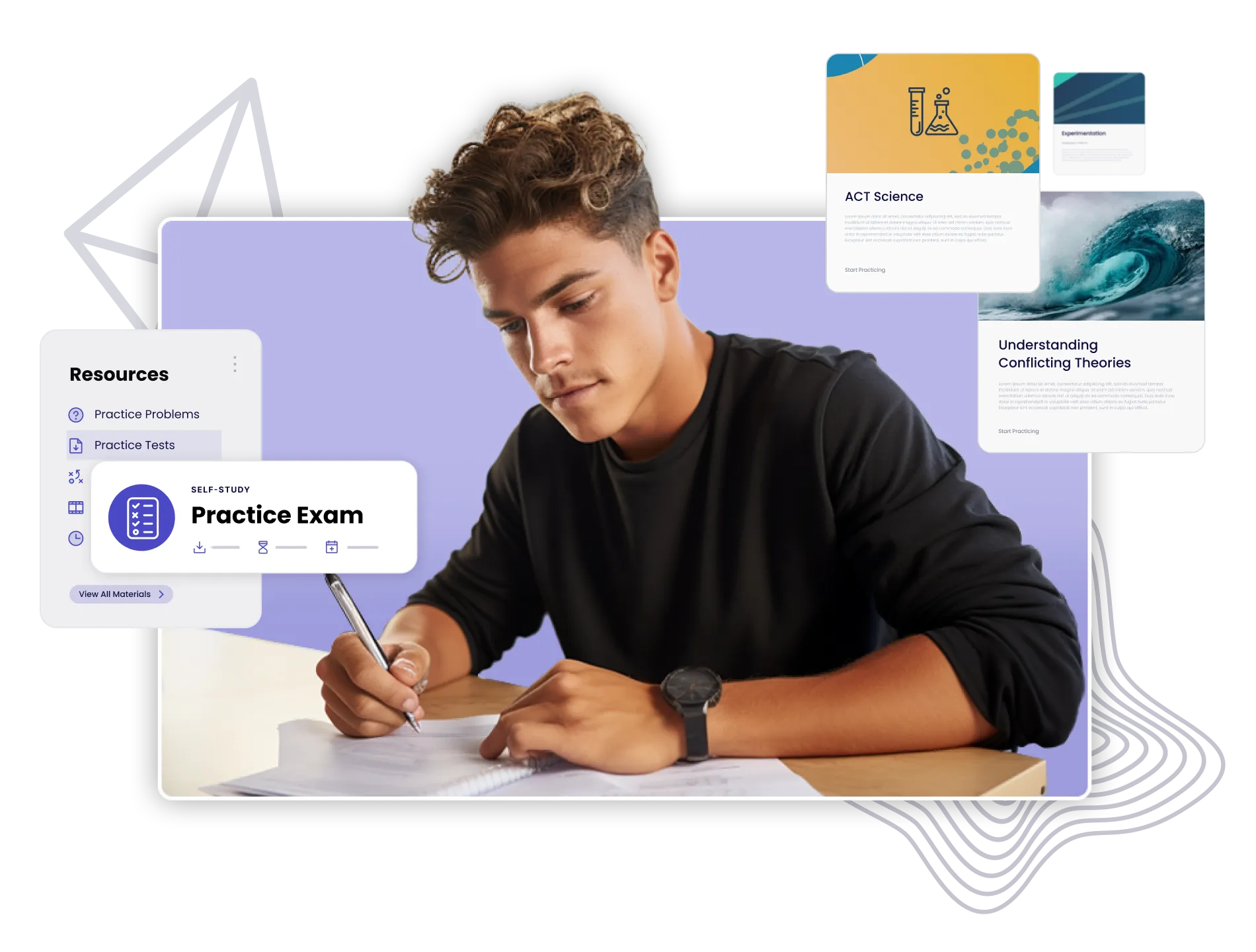3 Strategies For A Successful Back-to-School

If your learner experiences angst around Back to School season, there’s good reason. In some ways, Back to School is a return: to the routines, habits, and thought processes that have atrophied over the summer. And in others, it’s brand new: new teachers, classmates, subjects, and routines. So at the same time, Back to School asks students to get “back in shape” physically and academically, as well as be open to lots of change. There’s a lot going on, but fortunately there are techniques to ensure they’re ready for all of the above.
1. Exercise Academic Muscles
The brain is a muscle, and muscles tend to come with a “use it or lose it” policy. Just like returning to running or weightlifting after two months is bound to come with some humbling performance and a lot of soreness the next day, it takes students time to recover the knowledge they’ve started to lose since the spring and to get their mind in shape for several hours of academic learning and performance each day.
So give them a warm up with activities that exercise their reading and math muscles heading back into the school year. Make trips to the library and join reading programs, or just check out books they’ll enjoy reading while they maintain that habit. Tackle math challenges via apps and activities, or just play games that involve numeric processing (cards and dice are great for quick arithmetic or conversations about probability).
Or be more direct: in just an hour or two per week of targeted preparation–reviewing skills from the prior year and previewing the new skills that will build on them–students can get ahead of the curve when it comes to early-semester review and feel confident with the new topics they’ll begin learning. And that confidence inspires a growth mindset that can carry throughout the school year across subjects.
Did You Know?
Learning Members have free access to hundreds of enrichment classes on topics kids love, including art, astronomy, coding, chess, magic, and more. From weekly meetings to week-long camps to single-session drop-in events, you'll find the topic and schedule to retrain the brain in the most delightful way.
2. Establish Scholastic Routines
Much like the brain needs to get in shape for the academic challenges the school year brings, the rest of the body will take some time to get in the swing of the school day schedule, too.
Most notably, the bedtime and wake time tend to drift a lot during the summer, leaving kids exhausted in the mornings. But these routines extend to meal times, the feeling of sitting patiently and quietly for stretches of time, and social comfort zones, too. And all of these habits can be rebuilt in advance of the school year.
So begin to move students’ body clocks closer to the school schedule with gradually earlier bed and wake times as school gets nearer, and suggest breakfasts and lunches around the times they’ll eat during the school year, too. Set aside blocks of time for reading, puzzles, or other learning-style activities that avoid screen time and completely-free activity so that they’re ready for the feeling of school activities. And for learners who have spent lots of time in their small, comfortable clique or happily alone with books or video games, get them involved in activities that involve other kids they don’t always hang out with. That way they’ll be ready to cooperate in diverse teams, make new friends, and operate in a collaborative school environment.
3. Open Up Communication
It’s normal for students to experience a range of emotions and frustrations as the school year gets started. Some things are necessarily new: subjects, teachers, even school buildings for lots of kids. And other things that were going really well in the spring may be frustratingly different: a subject they loved may be extra challenging as they’ve advanced a grade or changed teachers. Friends may have formed new interests or groups. And the things a student was looking forward to may not be exactly as anticipated as a result.
So make it a point to talk and especially listen as the school year gets underway. With a lot of things changing in your learner’s life, you can be the constant source of support, empathy, and calm they need. And that’s much easier to fulfill if that communication has been open since before a student started showing signs of angst or became frustrated enough to open up to you.
So start the communication process early in the transition. Ask what they’re excited about, apprehensive about, and disappointed about. Share your own stories of that grade level–and include the embarrassing moments or frustrating assignments that show that it’s okay for that grade to not go perfectly.

